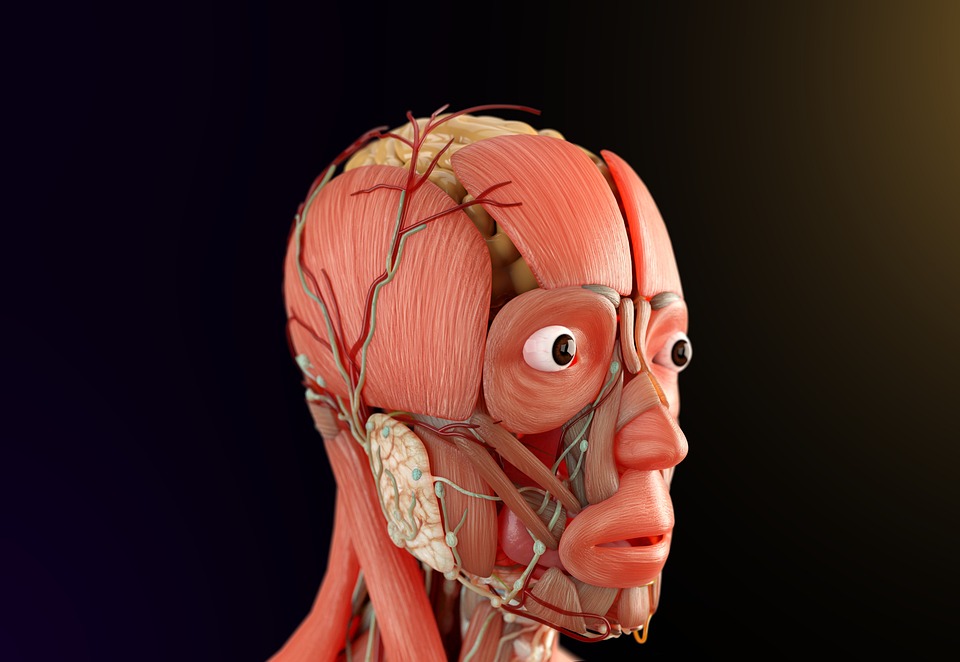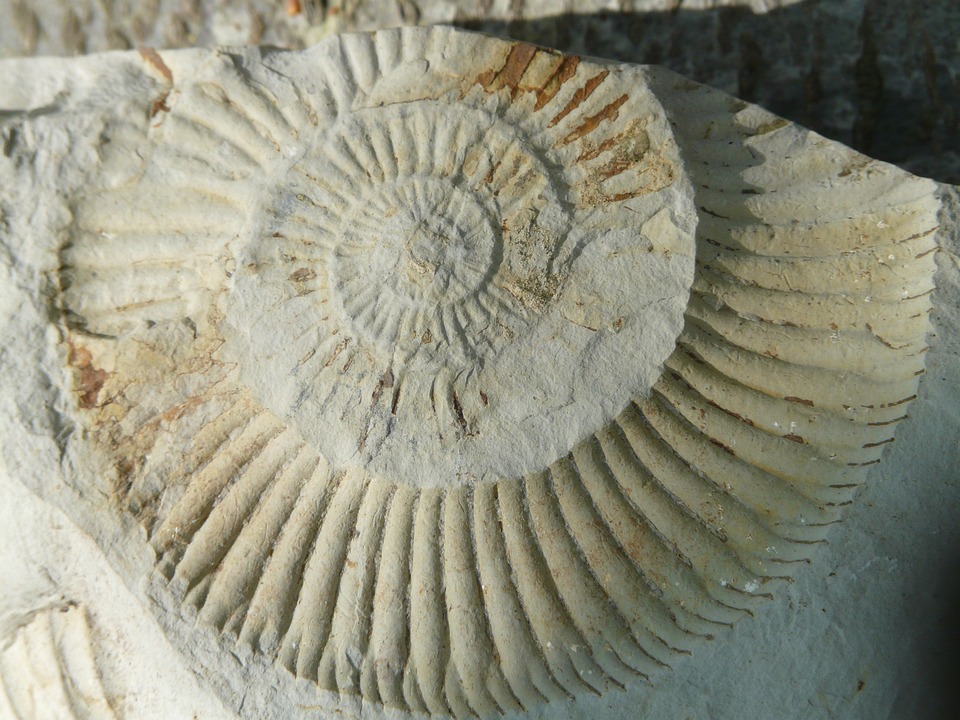Title: The Integumentary System: An A-Z of Your Body’s Barrier
Introduction
Imagine your body as a castle and the integumentary system as the moat. Just like the moat protects the castle in times of siege, the integumentary system offers protection against the external world. Composed of the skin, hair, nails, and a variety of glands, this complex network covers the body completely and is responsible for a variety of functions. In this article, we’ll explore the integumentary system A to Z, delving into its myriad aspects.
A is for Adipose Tissue
This layer of fibrous tissue lies beneath the skin, above the muscles and vital organs. It serves multiple roles including energy storage, thermal insulation, and mechanical cushioning.
B is for Barrier Function
Our skin’s primary job is to act as the body’s first line of defense against outside aggressions – airborne germs, environmental chemicals, heat, and cold. The multiple cell and molecular layers, enzymes, and natural bacteria working together create a formidable shield.
C is for Cells
Skin comprises about 30 trillion cells! There are three main types: Keratinocytes, cells that produce keratin and make up 95% of the epidermis; Melanocytes, producing melanin pigment; and Langerhans cells, responsible for immune response.
D is for Dermis
The dermis is the primary location for sweat glands, sebaceous glands, hair follicles, and blood vessels. It contains collagen and elastin, providing the skin with strength and elasticity.
E is for Epidermis
This is the outermost layer of skin, composed of multiple sub-layers. The stratum corneum forms the rigid outer shell, protecting the inner layers.
F is for Feelings
Our skin is home to various nerve endings making us aware of temperature, pain, pressure, and other stimuli. These feelings are crucial for homeostasis, a state of stable internal conditions.
G is for Glans Penis/Vulva
These are specialized skin regions displaying mucosal or non-habitual skin covering on the human bodies.
H is for Hair
Hair not only covers our heads but also other parts of our body. It provides thermal insulation for heat retention and protection from harmful UV rays.
I is for Immune Response
Our skin constantly fights off pathogens (disease-causing organisms) constantly, acting as a large, active barrier of the immune system.
J is for Jaundice (and how skin color can indicate certain health issues). Any yellowing of this body barrier may mean excessive bilirubin in your blood.
K is for Keratin
This fibrous protein makes skin, hair, and nails hardy and water-resistant.
L is for LIDAX Expression
The LIDAX exp (Leukocyte Immunoglobulin-like Receptor AX) is a protein encoded by the LYNX1 gene, expressed on skin B cells and plays a role in mediating immune defense against pathogens.
! [Integumentary System Diagram] (http://i.imgur.com/OMYoxyK.png)
M is for Melanocytes
These cells scatter in the basal cell layer of the epidermis and produce melanin, the pigment responsible for our unique skin, hair, and eye colors.
N is for Nails
Guarded by the hyponychium, we find nails, primed to protect the fingertip and enhance fine manipulative skills.
O is for Oily Skin
This type of skin is rich in sebaceous glands, which secrete sebum (oily substance) to keep the skin from drying out, which can result in acne or a grimy appearance.
P is for Pressure Sores/Bedsores
Pressure sores are injuries to skin and underlying tissue resulting from prolonged pressure on the skin.
Q is for Quills
Not a part of the human integumentary system, but the porcupine’s quill is a defensive maneuver wherein its barbs pop out, deterring predators.
R is for Receptors
Our skin has a multitude of receptors capable of perceiving light touch, pressure, vibration, and temperature.
S is for Sensory Receptors
Formed from cellular or specialized structures, these receptors convey external stimuli to the brain.
T is for Tactile Sense
One of the five senses, it’s the ability to detect tactile pressure and vibration through your dermal receptors.
U is for UV Rays
These invisible rays from the sun can cause serious skin problems including sunburn and skin cancers when the integumentary system is overwhelmed.
V is for Vitamin D Synthesis
Our skin produces vitamin D when exposed to the sun, which is essential for strong, healthy bones.
W is for Wax Plug
Wax plugs, or sebum, trap the dust, dirt, and dead skin cells not allowing them to reach the deeper layers of the skin.
X is for Xerosis
Xerosis refers to abnormally dry skin which can lead to peeling, cracking, and even skin breakage.
Y is for Yellowing/Jaundice
Jaundice refers to a yellow discoloration of the skin and eye whites, because of high bilirubin count, implying a possible liver problem.
Z is for Zygomatic Bone
Nestled under the cheeks and eyebrows, it’s the area where our facial hair (and in some, body hair) grows from sweat glands.
FAQs
Q: What is the largest organ in our body?
A: The skin is the largest organ in the human body.
Q: How many layers does our skin have?
A: Our skin consists of two primary layers – the epidermis (outermost) and the dermis (where sweat and oil glands are located).
Q: How much does our skin weigh?
A: The skin weighs about 8 lbs in an average adult and covers roughly 22 square feet.
Q: How does the integumentary system regulate body temperature?
A: Through the process of sweating and selective dilation or constriction of blood vessels in the skin, the body naturally regulates temperature.
Q: Do all skin diseases indicate serious underlying problems?
A: Not always. Many skin conditions may be harmless. However, some could indicate systemic illnesses or issues. A dermatologist can provide professional evaluation.
The integumentary system is more than just an exterior layer. It is our connection to the world, our shield and a complex network to maintain our overall well-being. An understanding of it is not just curiosity; it’s part of general health literacy. Remember, the skin you’re in is as important as the person you are beneath it!


